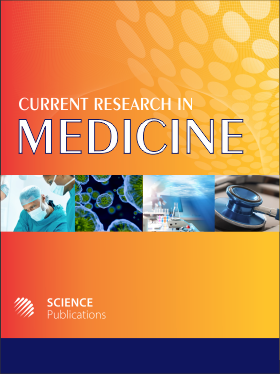Insulin Pump Therapy in Type 1 Diabetes-Merging Technology with Diabetes Care
- 1 Cambridge University Hospitals, United Kingdom
Abstract
The use of insulin pump therapy has been increasing over the past number of years in many countries. The Diabetes Control and Complications Trial (DCCT) have proven that better glycaemic control with fewer hypoglycemic events is achievable with insulin pump therapy. The delivery of subcutaneous insulin through an insulin pump mimics physiological insulin delivery better than Multiple Daily Injection of insulin (MDI). Insulin pump therapy is an attractive therapeutic option for many patients with T1DM with the potential to improve glycaemic control and quality of life. Technological developments over the past few years have enhanced the functional capabilities and appearance of modern insulin pumps. Careful patient selection for insulin pump therapy by health care professionals is still important, to optimize its benefit and to lessen the associated risk. In this review article, the clinical evidence for insulin pumps, its advantages and disadvantages, as well as patient selection criteria for insulin pumps are outlined. Examples of insulin pump devices that are currently available, including the advent of newer devices and technology in this field are also reviewed.
DOI: https://doi.org/10.3844/amjsp.2012.93.99

- 4,034 Views
- 4,067 Downloads
- 2 Citations
Download
Keywords
- Diabetes Control and Complications Trial (DCCT)
- Multiple Daily Injection of insulin (MDI)
- Continuous Subcutaneous Insulin Infusion (CSII)
